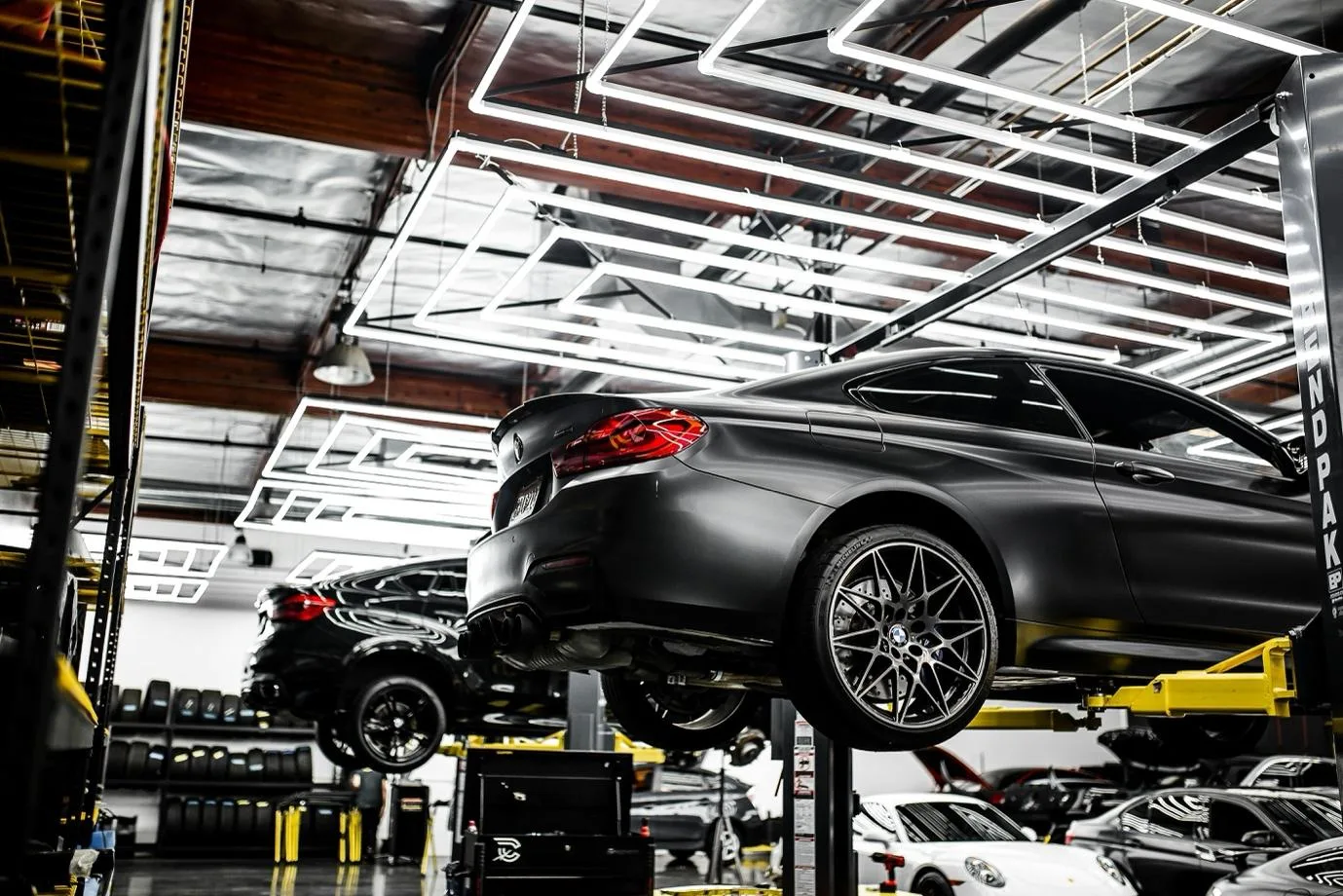Why More People Use Paintless Dent Repair for Hail Damage
When hail hits, your car suddenly shows every dent, ding, and curve. It can feel overwhelming, but there is a solution that many people now prefer: Paintless Dent Repair (PDR).
Instead of replacing parts, repainting panels, or dealing with costly body shop visits, PDR restores the vehicle’s surface by gently massaging dents out from behind the panel, preserving the original paint.
This method has been trusted and used more widely in recent years, especially by drivers who want fast, cost-effective, and reliable results.
Let’s explore why PDR is becoming the go‑to hail damage repair method.
What Makes PDR Special For Hail Damage
People often turn to PDR when they want quality repairs with minimal hassle. A lot of hail damage is well-suited for this method. Here are some of the reasons behind the popularity of PDR for hail damage:
-
Faster Turnaround
One of the most common reasons drivers choose Paintless Dent Repair (PDR) is the speed of service. Unlike traditional dent repair methods, which involve sanding, filling, repainting, and multiple curing stages, PDR skips most of that process.
Instead, it uses specialized tools to gently reshape the metal from behind the panel, without disturbing the original paint. This technique drastically reduces the time needed to return your car to its pre-damage condition.
A conventional body shop may need your vehicle for several days or even a week, especially if they need to order parts or wait for paint to dry. PDR, in contrast, can often be completed in a single day, sometimes within just a few hours. All of this depends on the severity and location of the dents.
This saves time, avoids rental car expenses, and gets you back on the road sooner. It is a practical solution for busy drivers who need efficiency without sacrificing quality. So, if you live in Texas, start your hunt for paintless dent repair in El Paso or your city to get your beloved car on the road in no time after a hailstorm.
-
Maintains Original Paint And Color Match
Preserving your vehicle’s original paint is one of the key advantages of PDR. Traditional repair methods require sanding and repainting, which can lead to noticeable differences in color, texture, or finish, even with professional work.
Paint fades over time, and even small inconsistencies can stand out, especially under direct sunlight or during resale evaluations.
However, PDR goes above and beyond, eliminating this concern entirely. Since it works behind the panel to restore the metal to its original shape, there is no need to repaint or apply any surface treatments.
The result is a seamless finish that matches exactly with the rest of the vehicle, because it is the same paint.
For newer vehicles or those with rare or custom paint colors, maintaining the original finish can significantly protect the vehicle’s long-term value. It also avoids the risks of peeling, bubbling, or mismatched tones that sometimes follow repainted sections, even with the best materials and techniques.
-
Cost-Effective Repair Option
What most people do not know is that PDR is usually far more affordable than traditional dent repair. The process avoids the need for new parts, repainting, or body filler, which immediately cuts down on materials and labor costs.
Conventional bodywork requires layers of sanding, priming, painting, and finishing. Each step adds time and expense. On the other hand, PDR relies on precise, skilled manipulation of the metal to return the surface to its original form.
There are various insurance companies that support and encourage PDR for hail damage because it reduces claim costs without compromising repair quality. For out-of-pocket repairs, the savings are even more noticeable.
-
Environmentally Friendly
Traditional auto body repair processes involve materials and practices that are not always environmentally friendly. Sanding produces airborne particles, paint emits volatile organic compounds (VOCs), and solvent runoff can enter drainage systems.
These substances, while often necessary for conventional repair, contribute to air and water pollution and generate non-recyclable waste.
Paintless Dent Repair offers a cleaner alternative. Because it uses no paints, solvents, or fillers, PDR produces virtually no chemical emissions or hazardous byproducts. The tools are hand-operated, and the process itself does not rely on energy-intensive equipment.
If you are environmentally conscious or simply prefer to avoid unnecessary exposure to harsh chemicals, PDR offers peace of mind. It allows you to restore your vehicle without contributing to the environmental footprint often associated with traditional repair methods, all while maintaining a high standard of quality and precision.
-
Preserves Structure And Integrity
When a car is built, its panels are shaped with careful precision to meet strict safety, design, and performance standards. Traditional dent repair can sometimes compromise those standards.
For example, heating panels to apply filler or force reshaping can distort metal over time. In some cases, these changes affect how the vehicle handles impact or how it resists long-term wear.
But when you get Paintless Dent Repair, you will not have to deal with such concerns. This is because it works within the existing structure of your vehicle.
Technicians use specially designed tools to gently massage dents out from the inside, restoring the panel to its original shape without bending, stretching, or cutting. No heat or chemicals are used, which helps maintain the factory-grade metal strength and original panel thickness.
-
Versatile For Small-Scale Dent Clusters
Hail damage often affects large areas of a vehicle in the form of small, tightly grouped dents across the hood, roof, and trunk. These dents are usually shallow, with no paint damage, which makes them ideal candidates for PDR.
Unlike traditional methods, which might suggest replacing or repainting entire panels, PDR allows for individual dents to be repaired with precision and care.
The method works especially well on clusters, where mass repair can be completed in one efficient session. Since there is no repainting involved, you avoid color mismatch and overspray issues entirely. Most panels with minor hail damage can be repaired fully, without compromising surrounding areas.
This versatility makes PDR a go-to method after storms where the damage may not be severe, but is widespread. It allows car owners to restore the full exterior without the high costs or time commitments associated with full panel replacements or paintwork.
Final Thoughts
Paintless Dent Repair has grown in popularity because it offers faster, cleaner, greener, and more affordable hail damage repair while preserving factory paint and structural components.
Let’s not forget that it also avoids the risks and expenses of heater-based, filler-based, or repaint repairs. Choosing PDR means choosing preservation over replacement, and quality over compromise.
If hail threatens your ride, this method should be a top option for you. When used properly and carried out by certified professionals, it offers the kind of repair outcome that meets both drivers’ needs and modern vehicle demands.






